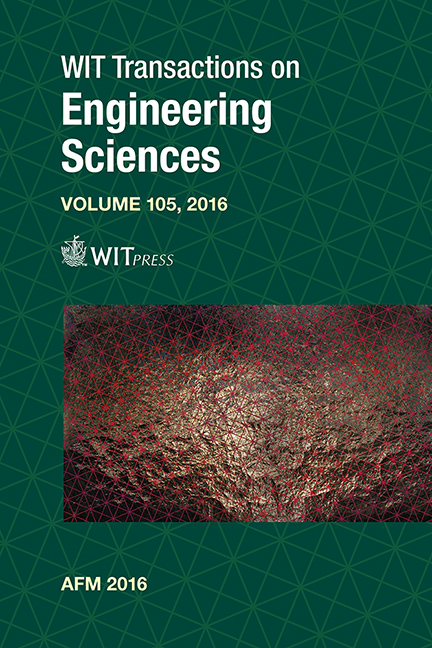Analysis Of A Novel System To Provide Fresh Water
Price
Free (open access)
Transaction
Volume
105
Pages
9
Page Range
223 - 231
Published
2016
Size
699 kb
Paper DOI
10.2495/AFM160191
Copyright
WIT Press
Author(s)
D. F. Dyer
Abstract
In thermodynamics one learns that there are four factors that lead to the degradation of energy. One of these factors is mixing. A classic example of mixing occurs when fresh water mixes with salt water in the ocean. The total attention of the world towards producing fresh water from ocean water is the use of desalination (usually reverse osmosis). This paper clearly demonstrates that this approach ignores a potentially much better solution by capturing fresh water before it mixes with ocean water. An example is taken showing the potential to provide the total agricultural needs for the state of California by using a small fraction of the Columbia River discharge into the Pacific Ocean and conveying it approximately 1130 km by an aqueduct to the Sacramento River that serves the agricultural district of California. The design of the aqueduct is done using the Manning formula for open channel flow. An optimization analysis is performed based on this formula to assess the optimum configuration and slope of the aqueduct, the cost of that aqueduct, the power consumed in transporting the water, and the total cost of the water delivered. These results are compared to the energy and monetary costs for providing water by desalination. It is shown that desalinated water costs more than ten times water delivered by the proposed method. The greenhouse emissions from the proposed method are only a fraction of that due to desalination. Finally, the cost of water delivered by the proposed method is less than 25% of current average US cost for water.
Keywords
open channel flow, water supply, greenhouse gas





